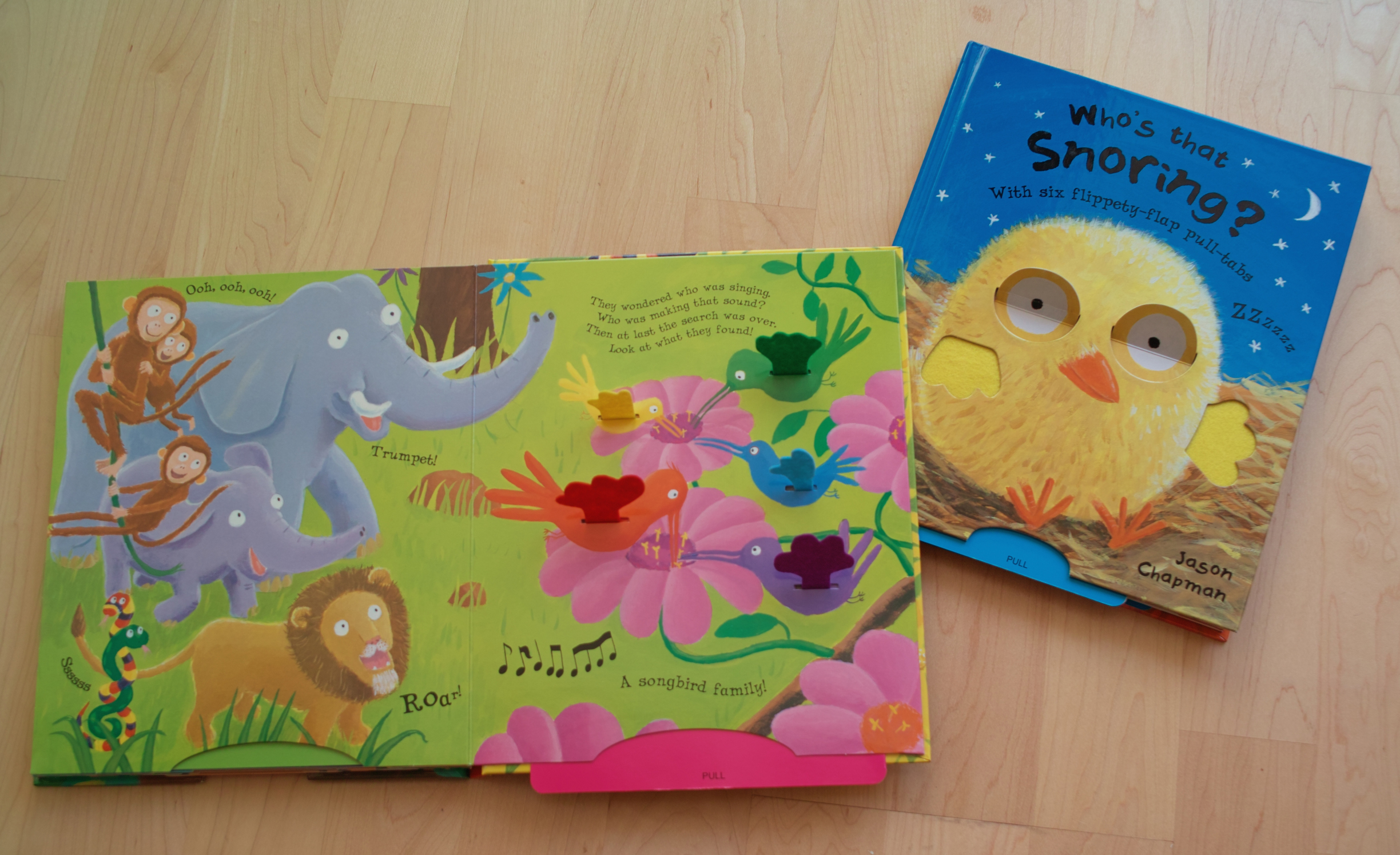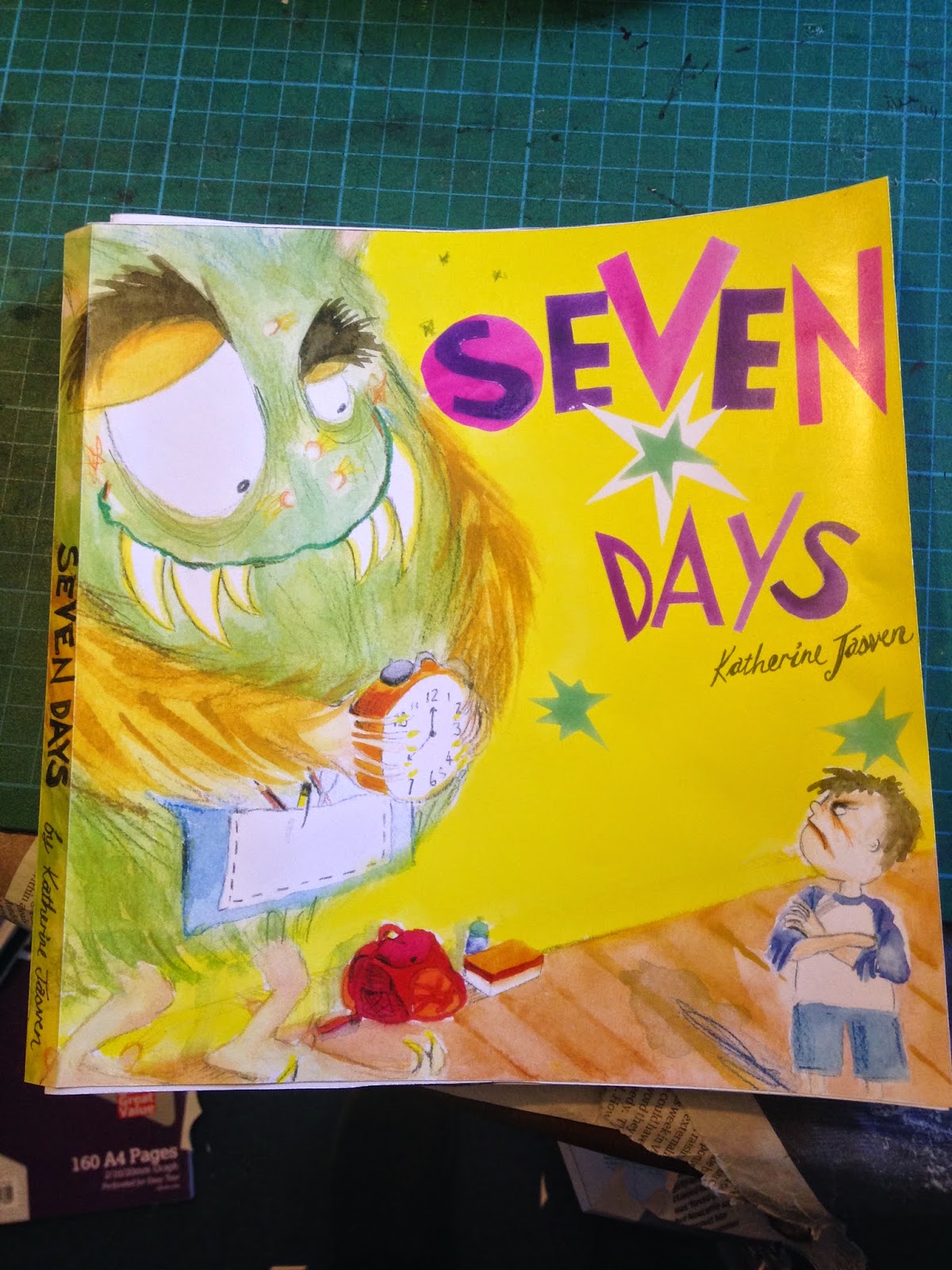you’ve collected into the target age groups. Include at least one image for each age group.
Pre-reader Pre-school (3–5) Early reader (5-7) Established reader (7–9) and Older age groups.
Take two of these age groups and, for each one, go through a process of brainstorming around at least one word chosen from this list:
Festival Scary Wild Growing Journey Sad Family Discovery
I
found this exercise challenging simply for the perspective that I really
struggle with making such clear boundaries between age groups and picture
books. I say this because there are a number of stories I can think of simply
at the top of my head which I would read to a 2 year old pre-reader who would
love the images and the story and ready the same story to an 8yr old as a bed
time story where they may be playing a more active role in reading or just listening
to the story no matter how many times they’ve heard it. Books by Oliver Jeffers
or even the Gruffalo by Julia Donaldson are examples of this, which I have done
just this for friend’s children who fit into these two different age groups. I
also have some picture books that I cannot say was designed with a target age
group in mind and therefore span all ages. Shaun Tan’s books in general are
good examples of this e.g.: ‘The red
tree’ ,the Arrival or Eric. Even artists like Korky Paul and Babette Cole
create works of humour rather then targeting specific age groups. Their
narratives are strong enough to span across age groups.
Agata Dudek:
Dr Seuss:



_cover.jpg)
Oliver Jeffers:
Of
course I can appreciate the other side of the argument and there are books that
need to be designed for certain age groups like ‘novelty’ books which look at
in essence teaching basic concepts like colour, texture etc and these concepts
should be consolidated by a 4/5yr old.
Successful books like “in the night garden” are targeting a younger
child by virtue of their narrative. I think they also started as television
characters and then became books rather then the other way around.



In
terms of bright colours, I do not feel that picture books have to be bright and
some of the best books have a very limited colour pallet both contemporary
books and older stories. In fact there seems to be a pattern of returning to a
more limited pallet echoing the colours used by people like John Lawrence or
Jack Townend. A lovely book I recently saw with a pallet of orange, blue and
black and white is called 365 penguins and it is a fabulous book. Of course
wonderful colourful books by tony Ross or the wonderful Quentin Blake are
amongst my alllll time favourites picture books!!!! I also love Sara Finelli’s
books or Agata Dudek’s work which are filled with collage and distorted images
and yet are very well received by children and adults alike.
Of
course longer novels can also be illustrated and David Roberts or Quentin Black
are examples of illustrator who produces both full colour picture books and
black and white illustrations for longer stories. E.g.: The twits by Roald Dahl
and illustrated by Quentin Blake. Again for me I would read the twits to a
child that couldn’t read and show them the black and white illustrations and
then conversely children who are older can read it for themselves.
CONFUSED.COM!!
In one way I think that picture books have few rules and the most successful
and timeless books in my mind are constantly pushing the boundaries of what is
acceptable. I think that it is becoming more acceptable that a lot can be said
within and image and with a few/no words is as important as reading long
novels. This is not to say one skill is more important then the other, rather
that they serve different purposes and therefore in my mind there is a place
for stories with fewer words and images and those with lots of words and
fewer/no or simple black and white images.
I
therefore ventured to waterstones and to our local Kemp town book shop to get a
better understanding of the age group split. As a bigger mainstream bookshop,
Waterstones tends to only separate books for 9-12 year olds and pre-readers but
the rest of the children’s section is simply “children’s sections and books are
divided into bestselling picture books etc.
 |
| Kemp town bookshop children's section |
 |
| Waterstones bookshop 9-12 yr old recommended reads |
I do feel that I needed to do some more drawings of animals and perhaps try one which I 'humanised' more but was really happy with my litho elephant and with the printmaking process. In retrospect I may have steered little far away from the brief about putting the animal into one of the contexts suggested i.e.: festival. .....maybe a little bit too much of adapting the brief to the image rather then the other way around. Also the litho process was verrrrrry time consuming (Of course more so because I was learning) eand of
course one has to know what they are doing and have access to presses etc. Because it was so time consuming and I was merely doing a few evenings in a short course I misjudged the length of time and therefor had to finish the ellie in blue coloured pencil rather then having time to print the second colour, ei: blue. I do however think the mixed media stands out and when comparing the litho textures etc to the coloured pencil prep drawings in my sketch book, it is more clear how the medium comes to life.
I am
sure there is also a quicker digital method but at this stage anything digital
or computer based does anything but save me time! Also, because I was more
focused on learning the process I wasn’t really considering composition but I
did consider mark making and litho I have discovered is great for mark making!
In
a nutshell I think that I have learnt from this exercise is that when it comes
to picture books the sky can be the limit!







































































_cover.jpg)





.jpg)











